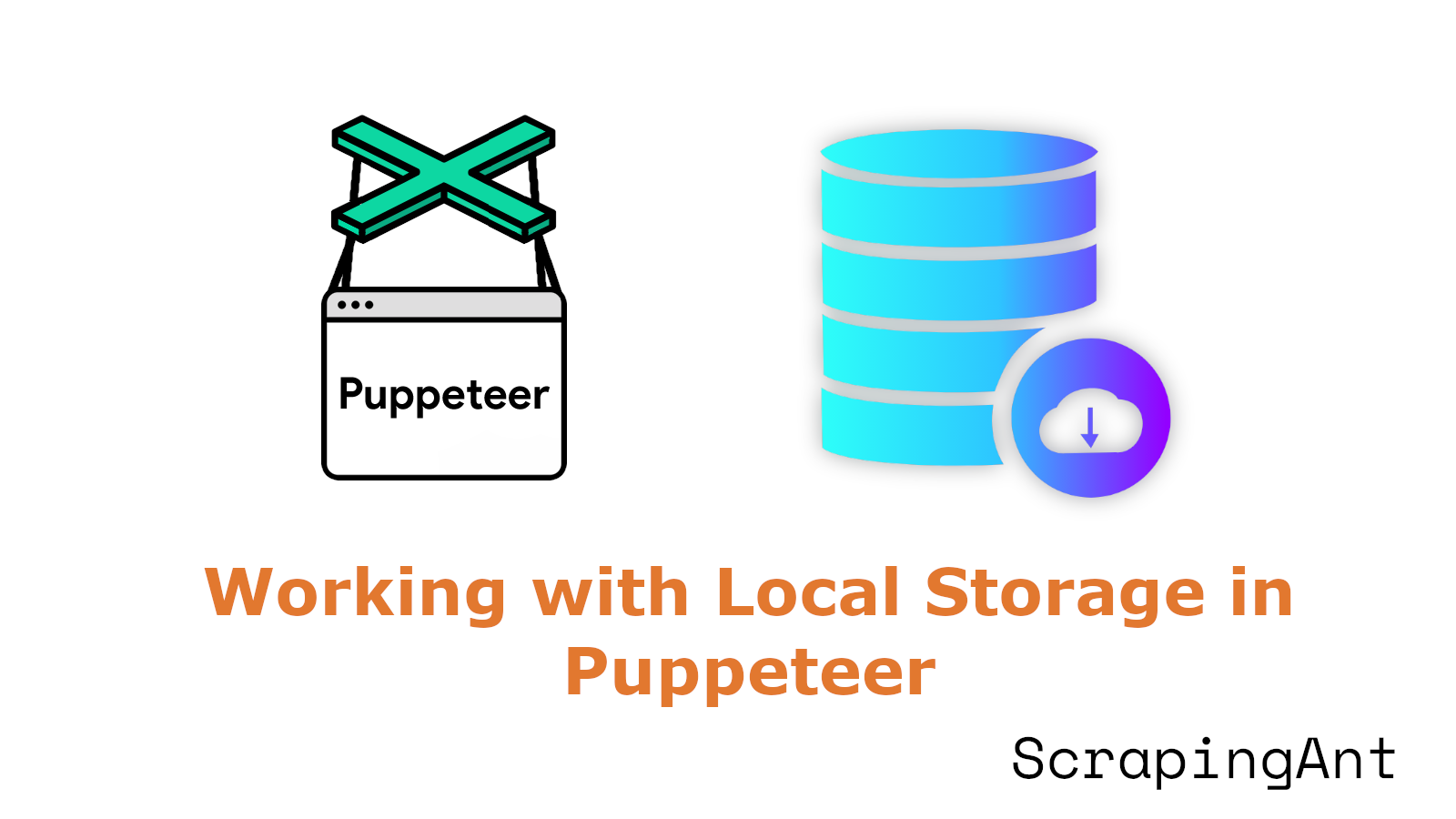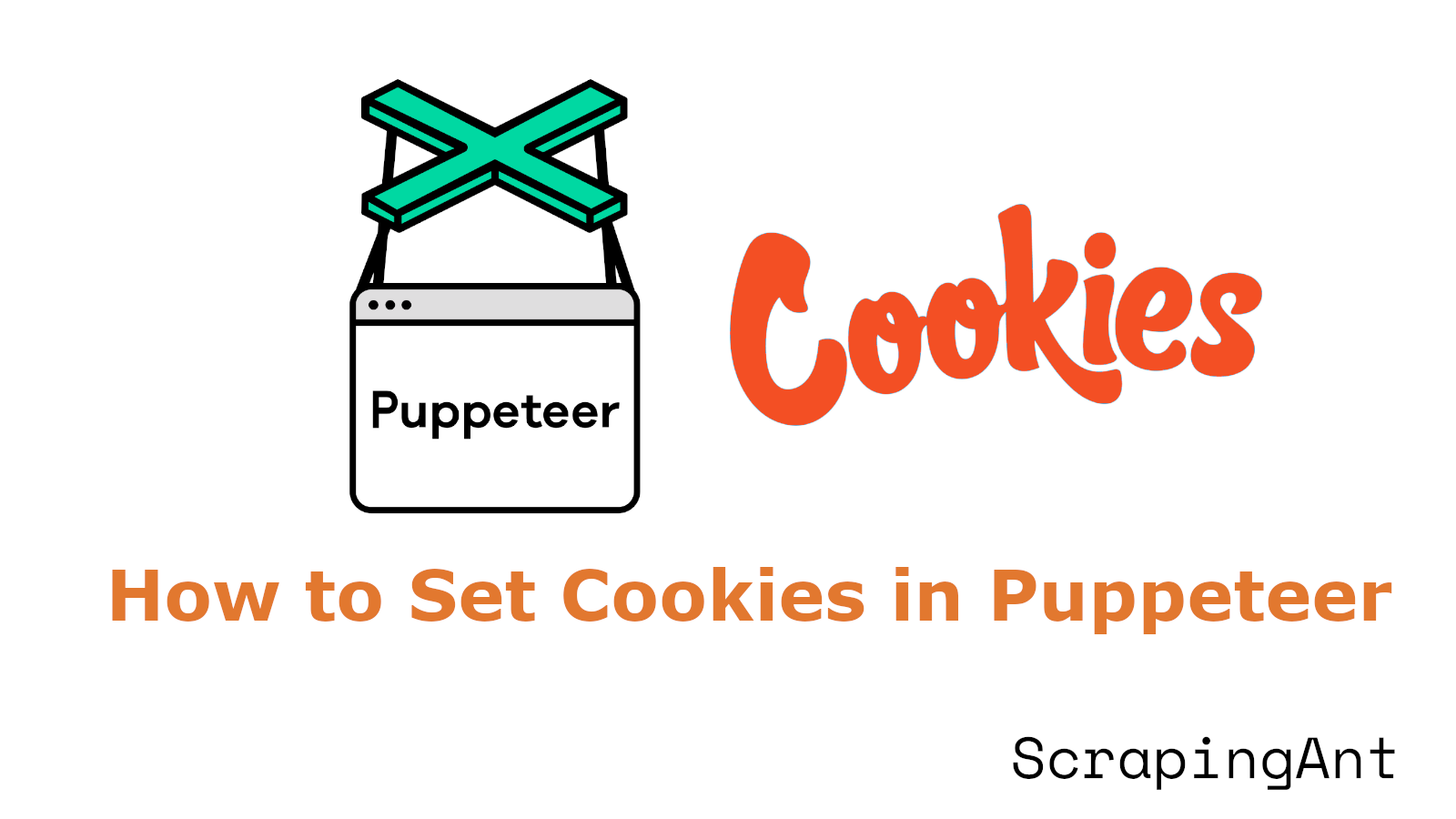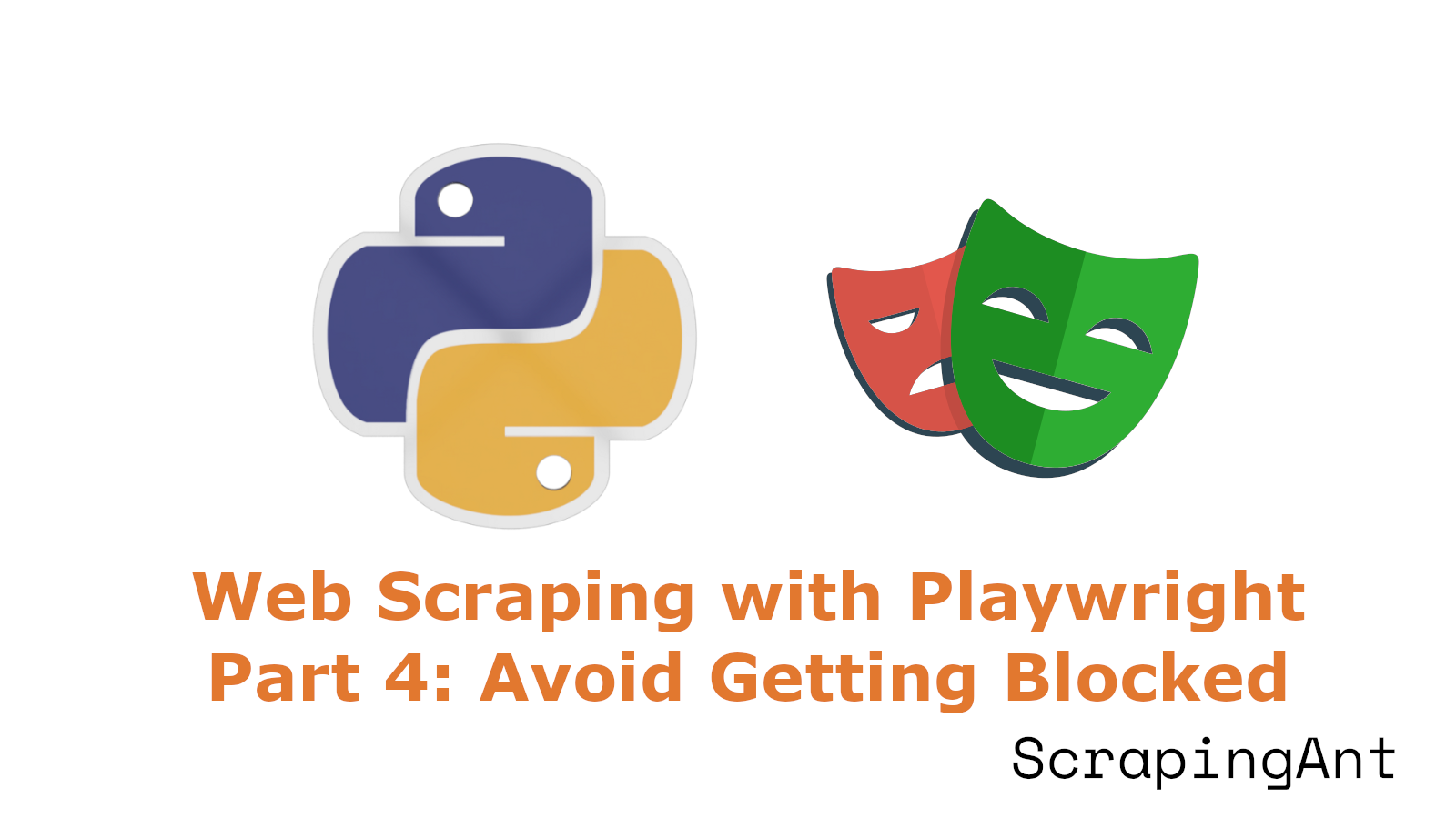
Web scraping, particularly the extraction of data from HTML tables, offers a powerful means to gather information efficiently and at scale. As of 2024, Python remains a dominant language in this domain, offering a rich ecosystem of libraries and tools tailored for web scraping tasks.
This comprehensive guide delves into the intricacies of web scraping HTML tables using Python, providing both novice and experienced programmers with the knowledge and techniques needed to navigate this essential data collection method. We'll explore a variety of tools and libraries, each with its unique strengths and applications, enabling you to choose the most suitable approach for your specific scraping needs.
From the versatile BeautifulSoup library, known for its ease of use in parsing HTML documents (Beautiful Soup Documentation), to the powerful Pandas library that streamlines table extraction directly into DataFrame objects (Pandas Documentation), we'll cover the fundamental tools that form the backbone of many web scraping projects. For more complex scenarios involving dynamic content, we'll examine how Selenium can interact with web pages to access JavaScript-rendered tables (Selenium Documentation), and for large-scale projects, we'll introduce Scrapy, a comprehensive framework for building robust web crawlers (Scrapy Documentation).
Through a step-by-step approach, complete with code samples and detailed explanations, this guide aims to equip you with the skills to effectively extract, process, and analyze tabular data from the web. Whether you're looking to gather market research, monitor competitor pricing, or compile datasets for machine learning projects, mastering the art of web scraping HTML tables will undoubtedly enhance your data collection capabilities and open new avenues for insight and innovation.









